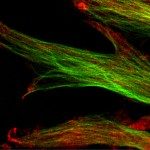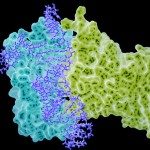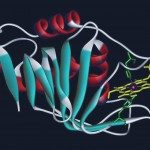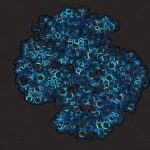Lien vers Pubmed [PMID] – 31784891
Lien DOI – 10.1007/s00430-019-00642-5
Med Microbiol Immunol 2020 Jun; 209(3): 301-308
Type IV pili are versatile and highly flexible fibers formed on the surface of many Gram-negative and Gram-positive bacteria. Virulence and infection rate of several pathogenic bacteria, such as Neisseria meningitidis and Pseudomonas aeruginosa, are strongly dependent on the presence of pili as they facilitate the adhesion of the bacteria to the host cell. Disruption of the interactions between the pili and the host cells by targeting proteins involved in this interaction could, therefore, be a treatment strategy. A type IV pilus is primarily composed of multiple copies of protein subunits called major pilins. Additional proteins, called minor pilins, are present in lower abundance, but are essential for the assembly of the pilus or for its specific functions. One class of minor pilins is required to initiate the formation of pili, and may form a complex similar to that identified in the related type II secretion system. Other, species-specific minor pilins in the type IV pilus system have been shown to promote additional functions such as DNA binding, aggregation and adherence. Here, we will review the structure and the function of the minor pilins from type IV pili.






